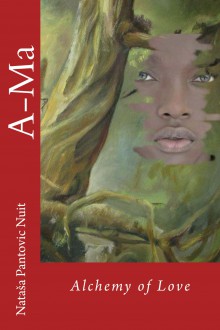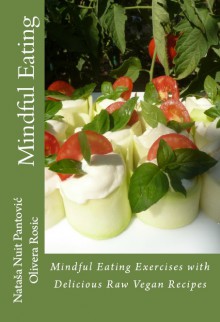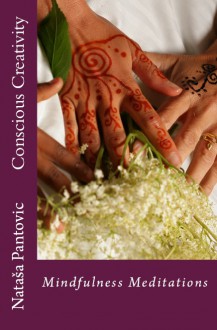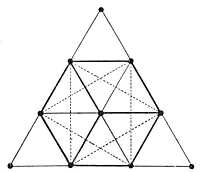The Great Wave Learning from Van Gogh & Hokusai about 19th Century Art
Reconsidering Transcendence in Art Presence or Absence of divine Learning from Van Gogh & Hokusai by Nataša Pantović

The late 1800s was the time of Impressionism as a radical art movement , centered around Parisian painters, the wave that rebelled against classical subject and gave respect to Mother Nature.
Travelling to their thought-form, Vincent van Gogh to the artist friend Emile:
Letter from Vincent van Gogh to Emile Bernard, Saint-Rémy, 1889
“But now look, ... you surely can't seriously imagine a confinement like that, in the middle of the road, with the mother starting to pray instead of suckling her child? Those bloated frogs of priests on their knees as though they're having an epileptic fit are also part of it, God alone knows how and why!
No, I can't call that sound, for if I am at all capable of spiritual ecstasy, then I feel exalted in the face of truth, of what is possible, which means I bow down before the study - one that had enough power in it to make a Millet tremble - of peasants carrying a calf born in the fields back home to the farm.
That, my friend, is what people everywhere, from France to America, have felt. And having performed a feat like that, can you really contemplate reverting to medieval tapestries? Can that really be what you mean to do? No! You can do better than that, and know that you must look for what is possible, logical and true.”
Letter from Vincent van Gogh to Emile Bernard, Saint-Rémy, 1889
“Now to enlighten you, my dear M. Van Gogh, ... I am searching for and at the same time expressing a general state of mind rather than a unique thought, to have someone else's eye experience an indefinite, infinite impression. To suggest a suffering does not indicate what kind of suffering: purity in general and not what kind of purity. Literature is one (painting also). Consequently, suggested and not explained thought.”
Letter from Paul Gauguin to Theo van Gogh. At this time, Vincent was 36 year old.
The Starry Night Vincent Van Gogh, 1889 & Japanese print Hokusai Great Wave 1833
First seen outside Japan in the 1880s, Van Gogh's brother was one of the first Europeans to collect Japanese prints and has admired Japanese art.
Starry Night (1889), was created while Vincent was a patient at Saint-Paul-de-Mausole Asylum in France
"The artist always comes up against resistance from nature in the beginning, but if he really takes her seriously he will not be put off by that opposition, on the contrary, it is all the more incentive to win her over - at heart, nature and the honest draughtsman are as one.” Vincent Van Gogh to his brother” “The struggle with nature is sometimes a bit like what Shakespeare calls “the taming of the shrew””. Vincent van Gogh Letter to Theo van Gogh, 1881 in Etten, At this time, Vincent was 28 year old.

 Log in with Facebook
Log in with Facebook 
 “A-Ma: Alchemy of Love”, um livro cuja acção se passa na Macau do século XVII. Agora, em entrevista ao jornal Times of Malta, a autora, Nataša Pantović, explica que o romance “é sobre a busca pela verdade”. A história tem como protagonista Ama, uma sacerdotisa africana.
“A-Ma: Alchemy of Love”, um livro cuja acção se passa na Macau do século XVII. Agora, em entrevista ao jornal Times of Malta, a autora, Nataša Pantović, explica que o romance “é sobre a busca pela verdade”. A história tem como protagonista Ama, uma sacerdotisa africana.















